As we age, maintaining good oral health becomes increasingly crucial, yet it often gets overlooked. Many elderly individuals fall prey to common misconceptions about oral care, leading to potential dental problems that can significantly affect their quality of life. In this article, we aim to unravel these myths and provide a clearer pathway to better dental health for the elderly.
Myth 1: Teeth Get Stronger by Chewing Hard Foods
A common misconception among the elderly is that chewing hard foods makes teeth stronger. In reality, the daily chewing action during eating is a form of wear and tear that teeth can endure within certain limits. However, constantly chewing on excessively hard foods can lead to excessive wear and tear. While the enamel, the outermost layer of teeth, is tough and has a certain thickness, long-term excessive wear can damage it.
Once the enamel wears down and the dentin is exposed, individuals may experience sensitivity when consuming acidic foods or drinks, or when exposed to low temperatures. This sensitivity is known as dentin hypersensitivity, or commonly as “teeth sensitivity.” Moreover, severe wear on multiple front teeth can lower the bite height, shorten the face, and give an aged appearance. It can also lead to temporomandibular joint disorder (TMJ), causing discomfort and limited jaw movement.
Furthermore, accidentally biting into overly hard substances like bones can crack or even break teeth. Therefore, it’s advisable to avoid using teeth as tools for hard objects and opt for softer foods that are easier on the teeth and gums.
Myth 2: Tooth Loss is a Normal Part of Aging
Another prevalent misconception is that tooth loss is a natural part of aging. While it’s true that gum tissue may shrink and bones may become less dense as we age, these changes alone do not cause tooth loss. The primary cause of tooth loss is periodontal disease, a chronic condition that affects the gums and the bones supporting the teeth.
Periodontal disease often progresses silently, with occasional swelling or discomfort that may go unnoticed. As the disease advances, the bones supporting the teeth weaken, leading to tooth loosening and eventual tooth loss. Therefore, tooth loss is primarily a disease-related issue rather than an inevitable consequence of aging.
Ignoring tooth loss can lead to several problems. It reduces chewing efficiency, impacting digestion and nutritional intake. Over time, the remaining teeth can shift, altering the bite and making future dental restoration more challenging. Moreover, uneven chewing can strain the temporomandibular joint, leading to TMJ disorders.
To prevent tooth loss, it’s essential to maintain good oral hygiene and have regular dental check-ups. Early diagnosis and treatment of periodontal disease can significantly reduce the risk of tooth loss and help preserve a healthy mouth for a longer period.
Myth 3: Electric Toothbrushes Cause Tooth Wear
The rise of electric toothbrushes has sparked concerns among some elderly individuals that they might cause tooth wear due to their powerful brushing action. While it’s true that some electric toothbrushes have harder bristles, not all are created equal. Choosing a toothbrush with softer bristles and adjusting the brushing pressure can mitigate this concern.
Moreover, the benefits of electric toothbrushes often outweigh the risks. They can be more effective in removing plaque and bacteria, especially in hard-to-reach areas. This can help prevent cavities and gum diseases. When selecting an electric toothbrush, look for one with a soft bristle head and consider using a pressure sensor to ensure you’re not brushing too hard.
Myth 4: Toothbrushes are Enough for Good Oral Hygiene
Many elderly individuals rely solely on toothbrushes for oral hygiene, overlooking the importance of flossing and other interdental cleaning tools. While brushing is essential, it alone cannot remove food particles and plaque trapped between teeth, which can lead to cavities and gum disease.
Flossing daily is crucial for removing these particles and maintaining a healthy mouth. Elderly individuals may find it challenging to use traditional floss, so alternatives like water flossers or interdental brushes can be more effective and easier to use. These tools can help reach tight spaces and remove plaque more thoroughly.
Myth 5: Periodontal Disease is Just a Minor Issue
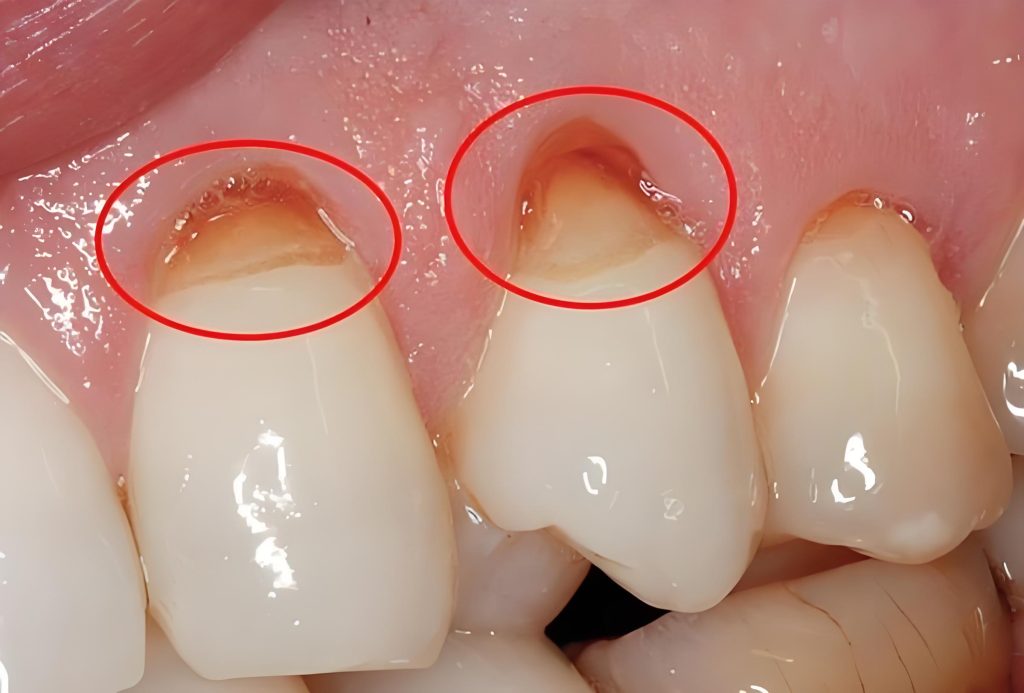
Periodontal disease, often dismissed as a minor issue, can have severe consequences. Many people attribute the discomfort caused by periodontal disease to “rising heat” or “internal fire” and opt for herbal remedies rather than seeking professional treatment. This delay in seeking treatment can exacerbate the condition, leading to tooth loss and potential systemic health issues.
Preventing and managing periodontal disease involves a combination of good oral hygiene practices, regular dental check-ups, and professional cleanings. Elderly individuals should brush and floss their teeth daily, use an antiseptic mouthwash, and visit the dentist every six months for a comprehensive check-up and cleaning.
Conclusion: Prioritizing Elderly Oral Health
Maintaining good oral health is not just about having a bright smile; it’s about preserving overall health and well-being. By dispelling common misconceptions and adopting proper oral care practices, elderly individuals can enjoy a healthier mouth and a better quality of life.
Remember, oral health is a lifelong commitment. Regular dental check-ups, proper brushing and flossing techniques, and avoiding harmful habits can help keep dental problems at bay. Encourage the elderly in your life to take their oral health seriously and seek professional advice when needed. A healthy mouth contributes to a healthier body and a happier life.

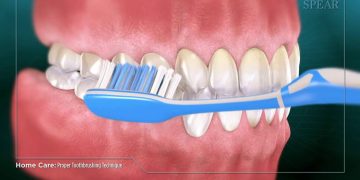
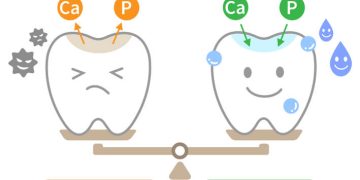
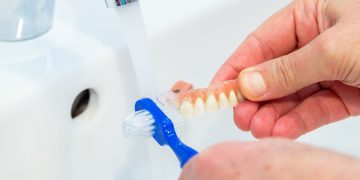
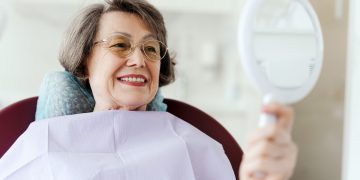
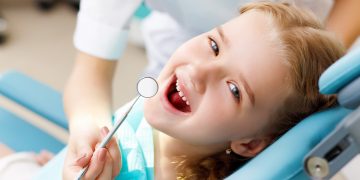


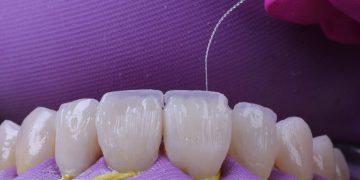
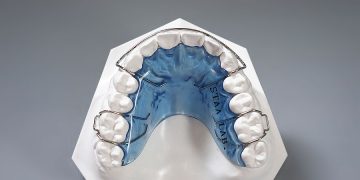
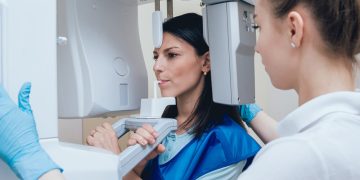
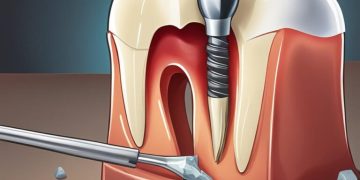
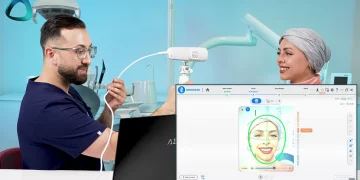
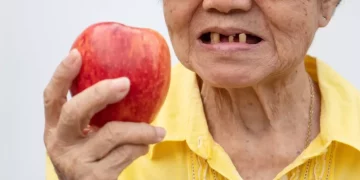

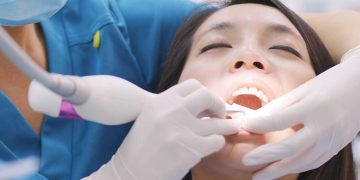

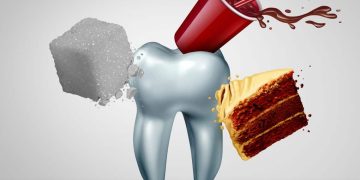





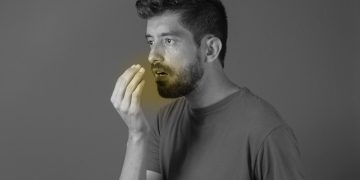

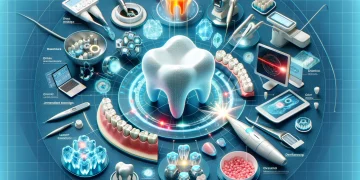



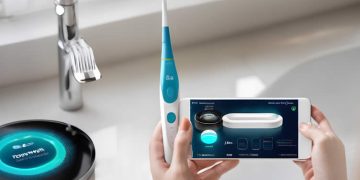

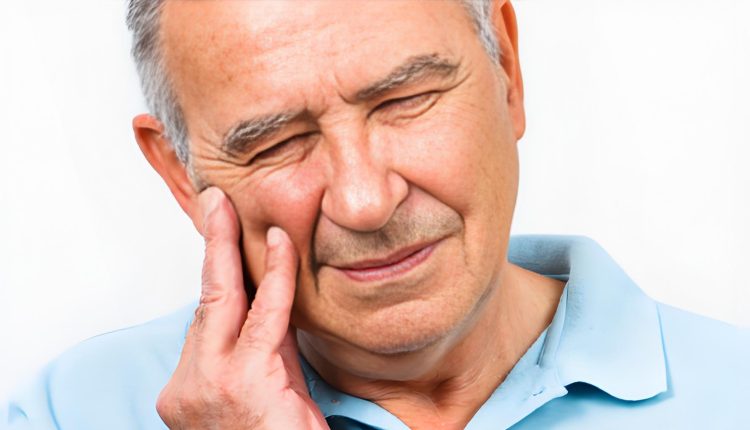













Discussion about this post